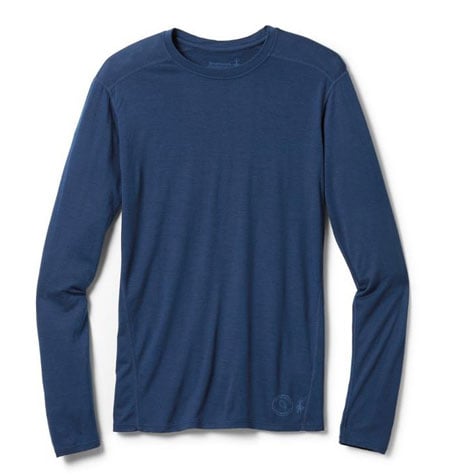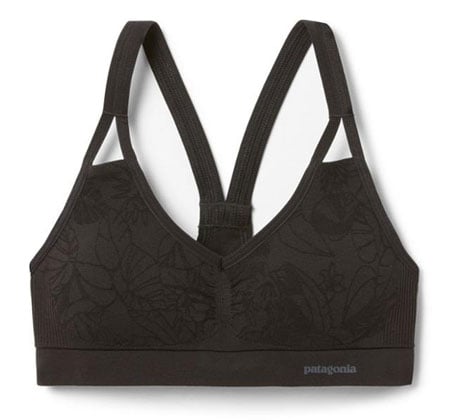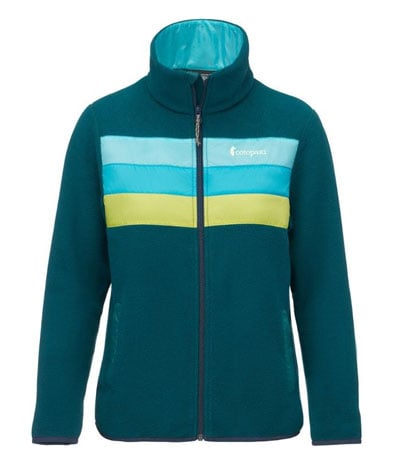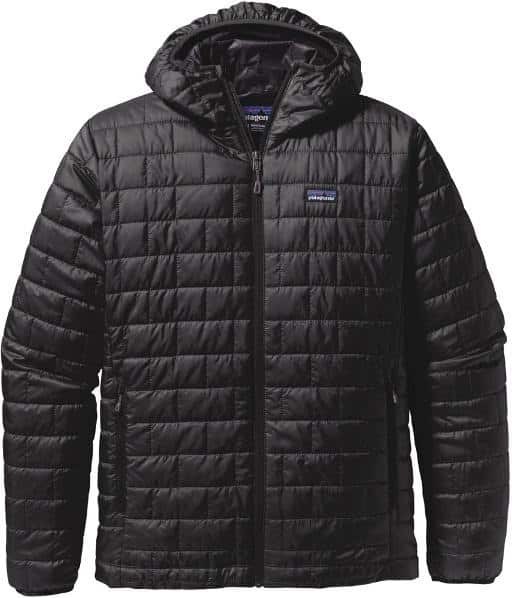After many miles and years of hiking and spending time on the trails, I’m here to help you work out what to wear hiking to maximize your comfort and enjoyment, whatever season, terrain or weather conditions you plan to go hiking in.
As well as a checklist of clothes for your next hiking trip, I also share some quick tips on how to choose what to wear hiking, why layering is important, and how to know whether an item of clothing you already own (or are considering buying) is suitable to take on a hiking adventure.
Before we get started, I’d like to thank REI for sponsoring this guide to what to wear hiking. We recommend REI for all your outdoor gear supply needs – you can buy literally everything you need (and more) for activities including hiking, both online on REI’s website, or in one of their fantastic stores, with the help of their highly knowledgeable and helpful staff.
What To Wear Hiking: The Best Hiking Clothes For Men and Women
Base layers – top and pants
Shop base layers at REI:
This first layer of clothing will lie against your skin and is important for insulation, as well as wicking sweat away from your body to keep you comfortable and dry.
In warmer weather, this layer will also provide you with a level of sun protection, which is particularly important in areas with a high UV index, and at higher elevations where the sun can be more intense.
It’s a matter of personal preference, but some people choose thin long sleeve hiking shirts for summer because they find it beneficial to have that added protection from the sun and other elements, year-round.
On the other hand, many hikers prefer short sleeve tees, vests or tank tops to wear hiking in summer (although they may carry a longer-sleeve layer in their daypack in case the weather changes),
These clothes are typically made from Merino wool, polyester or nylon, or a blend of these quick-dry, breathable materials.
As a good example, this Merino base layer from Smartwool ($90, available in men’s and women’s fits) wicks moisture and helps regulate your temperature when hiking.
For hiking in cold weather, also consider wearing full or three-quarter length merino pants underneath your hiking pants, for extra warmth.
Underwear
Like your base layer tops and pants, your underwear should be quick drying and therefore either made from a soft, non-scratchy wool (such as Merino wool) or synthetic, technical sweat-wicking fabric – much like your base layer shirt or tee and pants.
For women, a sports bra made from synthetic materials is a good choice to wear under your baselayer top, rather than a regular bra.
This Patagonia Barely bra ($49) is a top choice for hikes and other medium and low-impact activities.
Mid-layer (fleece or other synthetic zip-up top or jacket)
Shop these fleeces at REI:
Your hiking clothing mid-layer helps to regulate your body temperature as you hike while offering some protection from the elements.
Many people opt for a lightweight zip-up fleece sweater as their hiking midlayer for the upper body.
As an example, check out Cotopaxi’s range of eco-conscious fleeces, like their bright Teca full-zip men’s and women’s fleece jackets ($110).
Puffy insulated jacket (either a synthetic or down jacket)
Shop Patagonia Nano Puff jackets at REI:
A synthetic or down jacket can be worn over your fleece mid-layer, packs down small in your daypack when you’re not wearing it, and offers an excellent warmth-to-weight ratio for cold-weather hiking in winter as well as fall, spring, and cooler summer days.
Puffy insulated jackets such as this Patagonia Nano Puff insulated jacket ($250) are very popular for hiking as they’re so versatile, lightweight and last for years and years.
These synthetic insulated jackets are also available in lots of different colors (not just black).
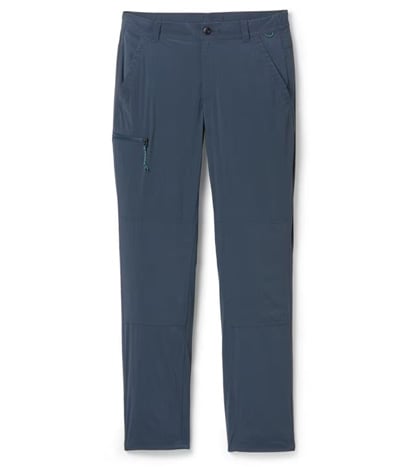
Hiking pants or shorts
Most people prefer to wear hiking pants, rather than shorts, even for summer hiking when the weather is warmer.
This is because pants provide better protection for your legs from insects such as ticks and mosquitos, as well as from sharp rocks, branches, and stinging flora (if you’re unfamiliar with the potentially serious risks ticks pose to your health and you’ll be hiking in an area where they can be found, read what you should know about ticks and hiking).
REI’s Trailmade hiking collection is a great range to check out for hiking pants in a range of inclusive sizes, lengths and colors, such as these Trailmade pants ($70), which are super versatile and highly-rated.
Learn more about the REI Trailmade Collection
For maximum versatility, you can also choose convertible pants that allow you to zip off the lower leg if you want to change from pants to shorts.
You could also consider wearing yoga pants or running leggings for more mellow hikes where you don’t expect they’ll get damaged by vegetation. They’re designed to be worn while you’re active and getting sweaty, so are a popular option for many people.
For some good leggings options, read the best lululemon leggings for running.
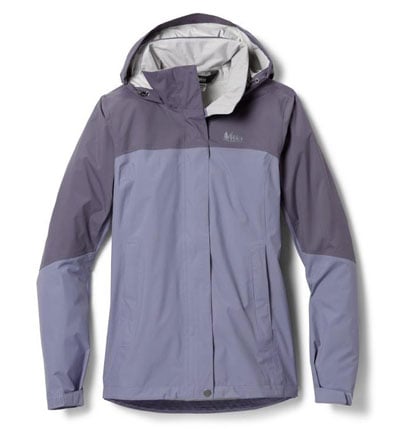
Waterproof jacket
Shop Rainier Rain Jackets at REI:
Your top layer is typically a waterproof jacket, ideally with a hood.
Your outer layer is an important item of hiking apparel to have with you on all hikes because even if you don’t expect to be hiking in the rain, a waterproof jacket will protect you if it does, and help keep you warm if the wind picks up or you end up staying out longer than planned.
While some of the more technical hiking rain jackets can set you back hundreds of dollars, these men’s and women’s REI Co-Op Rainier Rain Jackets ($100) are a cost-effective way to ensure you have protection from the rain and wind.
They’re made from breathable fabric and feature an adjustable hood, zippered hand pockets, and ‘pit zips’, which allow you to unzip the area under your arms for some extra ventilation when you need it.
Top tip for buying a suitable waterproof rain jacket: If you plan to hike in cold weather, make sure your waterproof jacket size is large enough to accommodate several layers including a fleece and puffy midlayer, and still zip up!
Waterproof pants
View color and size options at REI:
If you’re going to be hiking somewhere that could get particularly wet, also consider waterproof rain shell pants that you can wear over your regular hiking pants.
A great budget option are the Trailmade Rain Pants ($70, available in men’s and women’s sizes) – definitely worth stashing in your hiking backpack in case of a downpour!

Hiking daypack
For all but the shortest and most mellow of hikes, a hiking daypack is essential to take with you, as it will allow you to carry water, spare layers of clothing and other important hiking essentials.
For maximum versatility, choose a daypack that’s suitable to wear hiking but can also use for other everyday adventures such as going to work, the gym or school.
This Gregory Juno 30 H2O pack ($180) is a great example of a versatile, compact backpack with a 30 liter capacity: plenty of room to pack all your day hiking gear.
For a list of the ten essentials to take with you hiking (in your backpack!), read our essential hiking checklist. For more hiking pack options, visit our best hiking daypacks buyer’s guide.
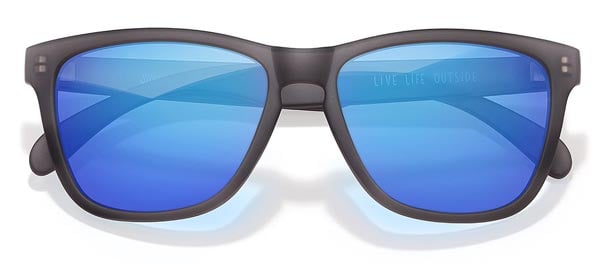
Hat and sunglasses
For most climates, a hat is a good idea.
It will help protect your head from the elements, including sun and wind exposure, or in the case of a warm beanie hat, provide extra warmth on cold and windy days.
Don’t forget your sunglasses – even on an overcast day, sunglasses reduce eye strain and protect them from UV rays, sun, wind, rain, and blown debris. Look for polarized lenses if you’ll be hiking near reflective surfaces such as water, snow, or very bright skies.
Head over to our running and hiking sunglasses buying guide if you need a new pair of shades that will stand up to the trails.
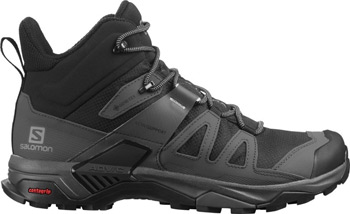
Hiking boots, shoes or sandals
You have a few options when it comes to choosing hiking footwear.
Depending on the terrain, climate and duration of your hike, you may choose to wear either a pair of hiking boots that rise up over your ankles for support, low-top hiking shoes, or more minimal footwear such as trail running shoes, which tend to be more lightweight than boots, but less supportive and protective.
When it comes to boots for hiking in, these Gore-Tex Salomon boots are highly-rated and a favorite of ours for all but the coldest of winter hikes on account of them being such great all-rounders – they’re lightweight, waterproof, protective, and comfortable all day.
For more hiking boots to choose from, visit our men’s and women’s best hiking boots buyer’s guide, and also check out our best trail running shoes buyer’s guide if you’re considering more minimal footwear than burly boots. As well as boots, trail runners and hiking shoes, for hot summer hikes you could also consider hiking sandals as an option.
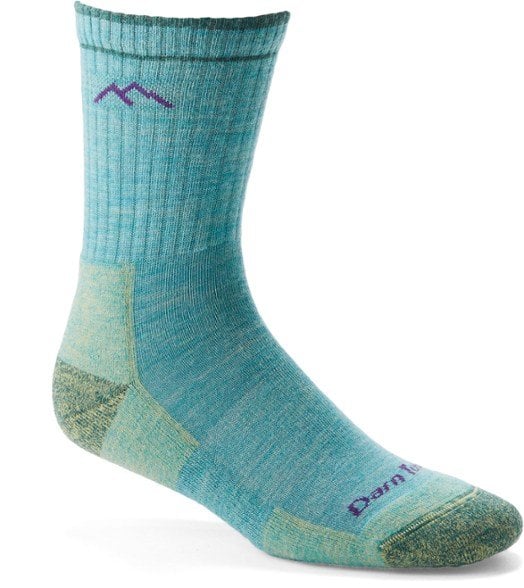
Hiking socks
There’s no point in having great hiking boots if you don’t have comfortable socks that are suitable for hiking and will stay comfortable throughout your hike.
A great pair of hiking socks are made using soft, comfortable, sweat-wicking materials, have minimal seams, and should stay in place over many thousands of steps.
Most hiking socks, like these Darn Tough Micro Crew socks, also have reinforced heels and toes, and optional added padding under the heels and balls of your feet.
Other accessories you may want to take hiking
You may also want to consider taking the following items with you:
- Trekking poles – read our guide to the best trekking poles for hiking to help you find a great pair!)
- Shoe gaiters to keep dirt and sand out of your shoes or boots
- Gloves
- A neck gaiter, such as a Buff
3 Quick tips for choosing hiking apparel
When you’re choosing what to wear when hiking, remember these three important rules for selecting hiking clothes material:
1. Choose either synthetic materials, such as polyester (including fleece) and nylon, or wool such as Merino wool
These fabrics are made to be sweat-wicking and quick-drying. Make sure your outfit doesn’t include any cotton attire – including denim jeans.
Cotton does not wick moisture, gets heavy when wet, and stays cold and wet for a long time, which means you’ll also get cold and uncomfortable.
Don’t wear jeans or cotton pants, tees or shirts – and avoid cotton socks, which are one of the most common causes of foot blisters among hikers.
2. Look for comfort and durability features
While it can be tempting to just choose a hiking outfit that looks trendy or cute… function, comfort, and durable materials and seams are key considerations when selecting what apparel will be best for wearing on the trails.
With that said, with so many choices out there it’s easy to find hiking clothes that tick all of those boxes, and you may be able to wear some items that you already wear to the gym or for activities such as running.
Hiking apparel is not only designed to withstand some wear-and-tear, including brushes with brambles, nettles, rocks, and other obstacles that you may encounter but it’s also made from materials that stretch and allow you to move in with little restriction.
3. Think about your hiking attire as being in three layers:
- Base Layer – Clothing worn over your underwear, against your skin.
- Mid Layer – A warm, long-sleeve layer that goes over your base layer. For hiking in the winter you may need to layer on two mid-layers to help keep warmth in. On your bottom half, your mid-layer is your hiking shorts or pants.
- Top (Waterproof) Layer – This should include a waterproof rain jacket, ideally with a hood.
Layers are important to wear while hiking as well as other outdoor activities such as skiing, snowshoeing, and running.
This is because they allow you to add or remove layers to regulate your body temperature and your level of activity (and sweat), as well as the weather and altitude conditions, change while you hike.
Even if the weather seems nice before or at the start of your hike, conditions can change very quickly, especially if you’re hiking in the mountains or in a more extreme climate.
So, it’s important to bring those additional layers just in case you get caught out by the weather or end up staying out longer than anticipated.
Seasonal considerations
Here’s what to consider when preparing to go hiking in different climates and at different times of the year.
Here’s what to wear for summer hikes
For hiking in hot weather during summer or in year-round hot climates, your top priorities are to stay cool and avoid excessive sun exposure.
Before you go out in a vest tee and short shorts though, bear in mind that it may also be important to cover your body for protection against insects and other wildlife, and plants such as poison ivy that you may brush past as you hike.
Long pants and long sleeve tops will also provide some sun protection, as will a wide-brimmed hat.
Winter hiking apparel
If you’re new to hiking then hiking in the fall, spring, and milder summer climates are easier to prepare for than winter because for winter you’ll typically need more, warmer layers, and additional warm hats, gloves, socks, and insulated hiking boots.
Staying dry and warm is a key priority when hiking in winter!
For hiking in snow and icy conditions, definitely consider taking hiking poles and traction devices to put on over your boots, such as these micro-spikes, or mini crampons.
Additionally, make sure you’ve packed enough hiking essentials in your daypack for your winter hike.
For a hiking gear checklist of items to bring with you in your pack, head over to this post next.
